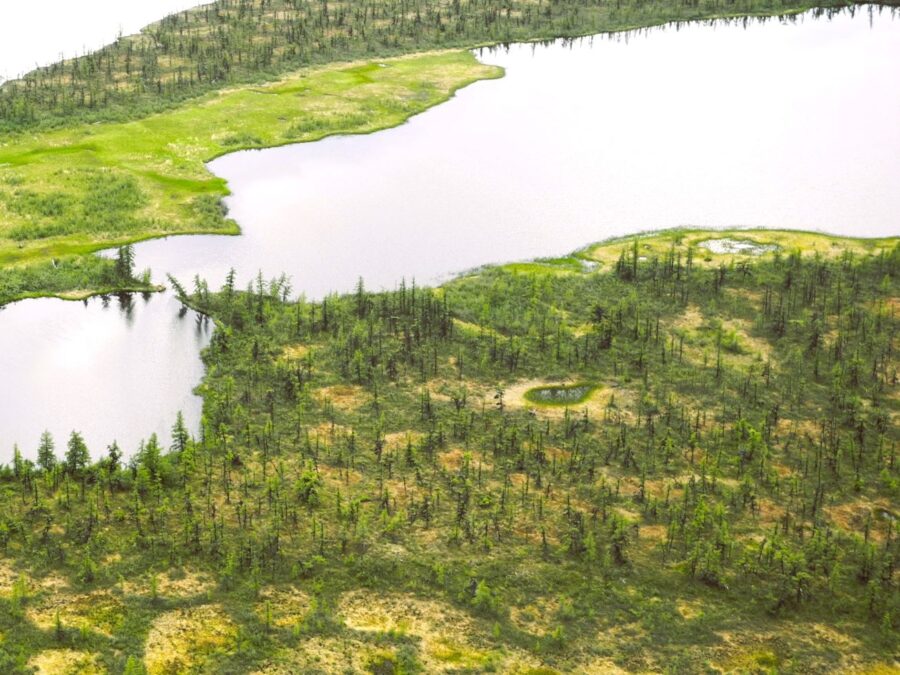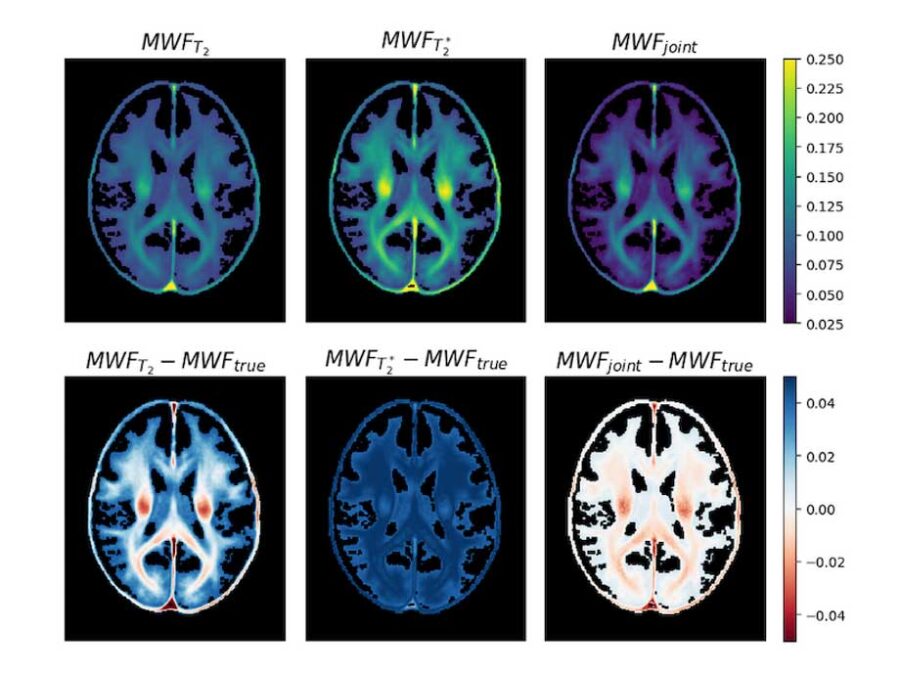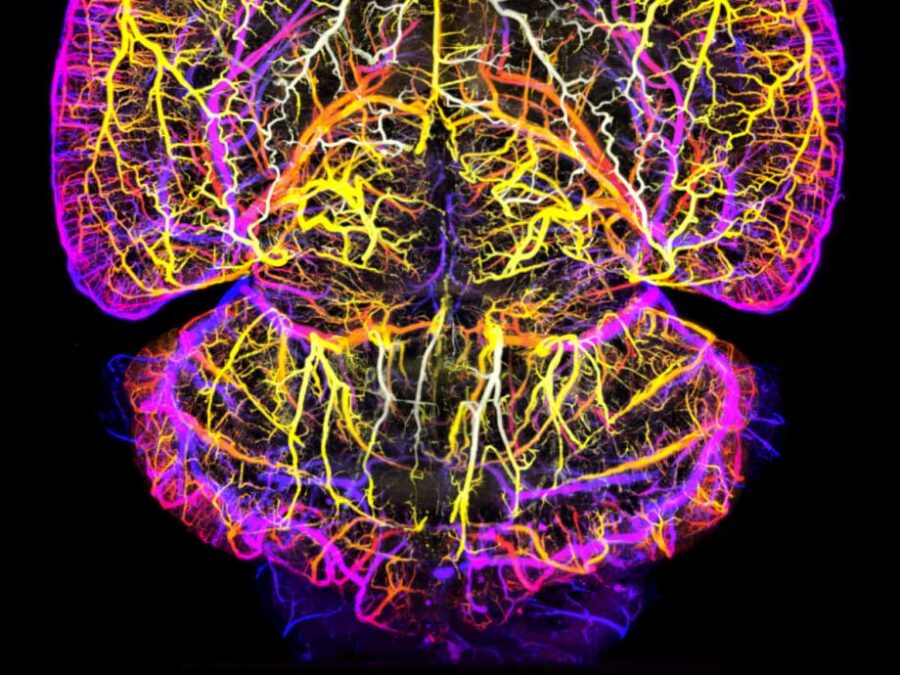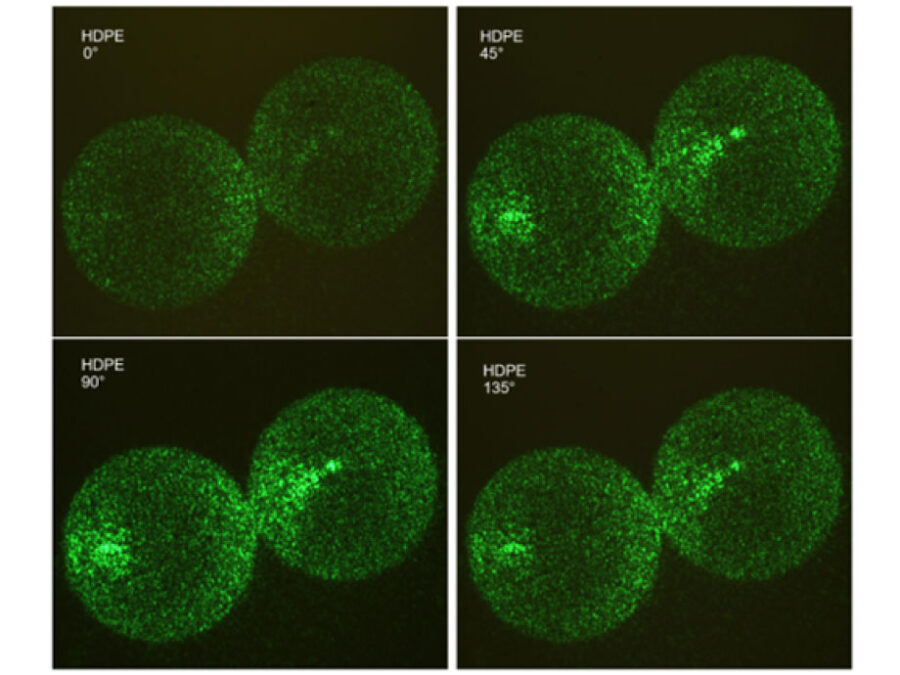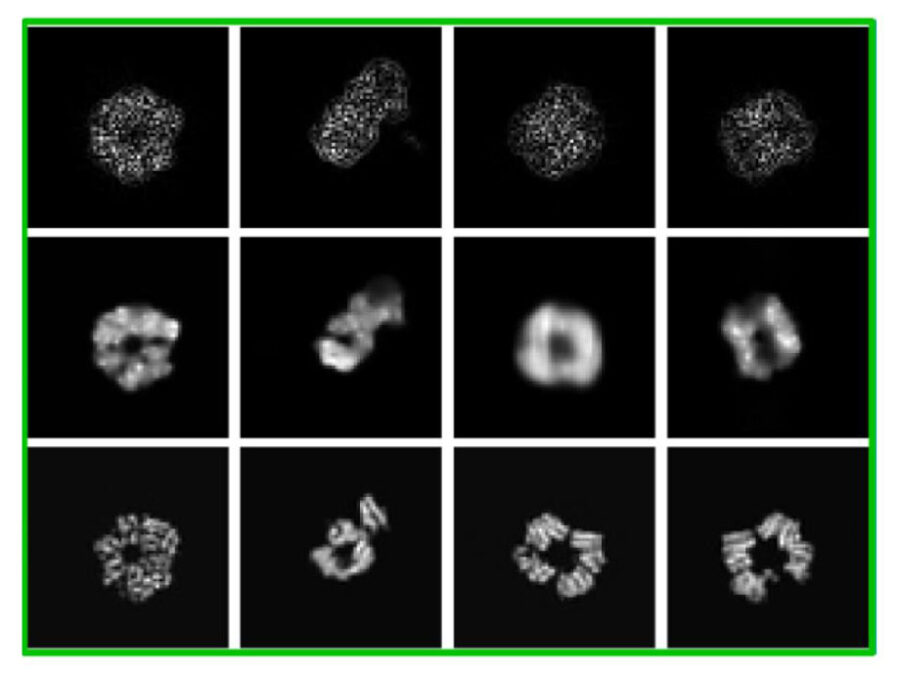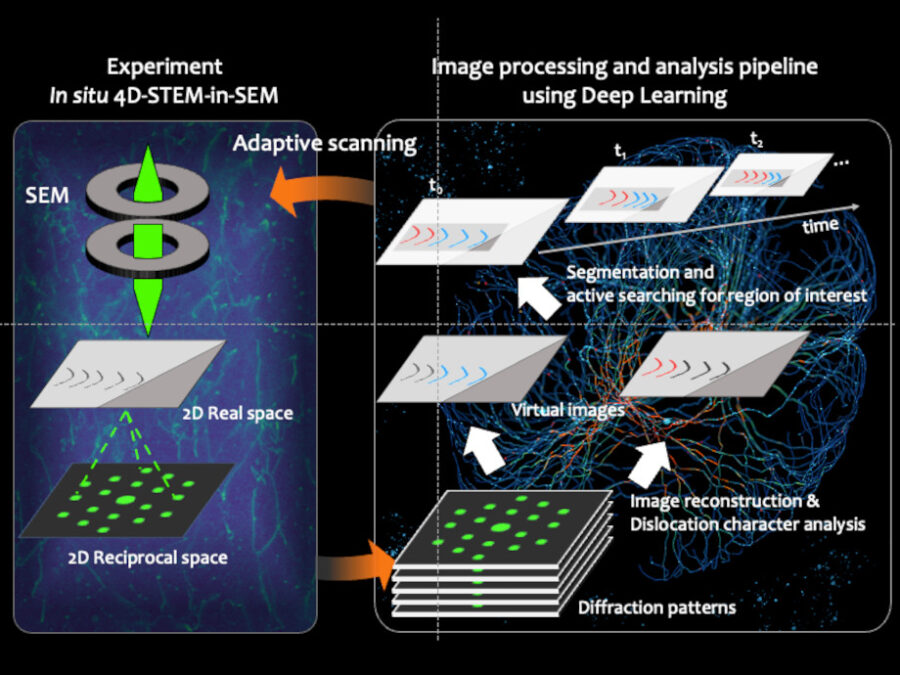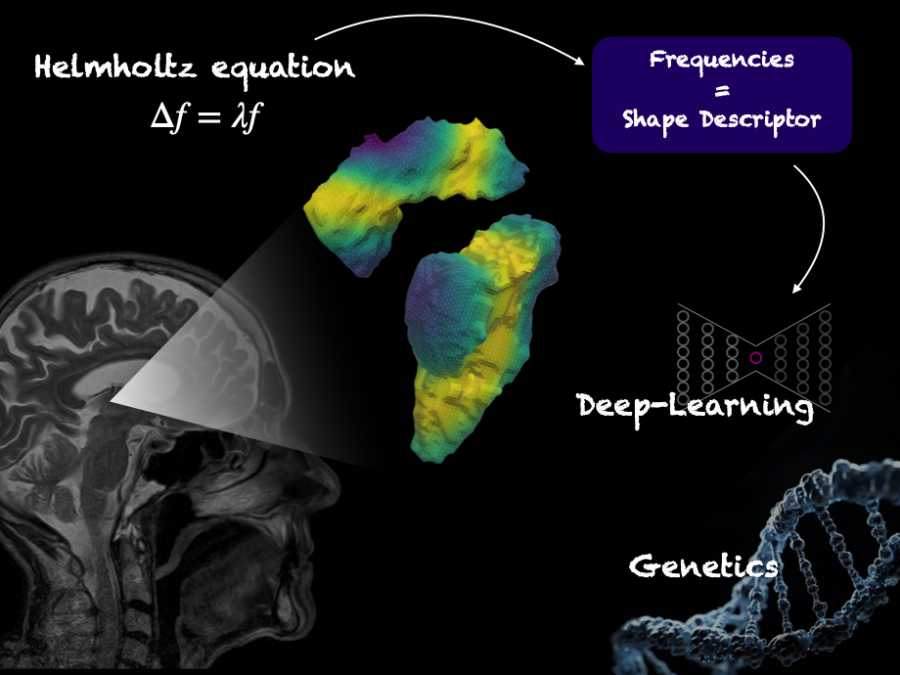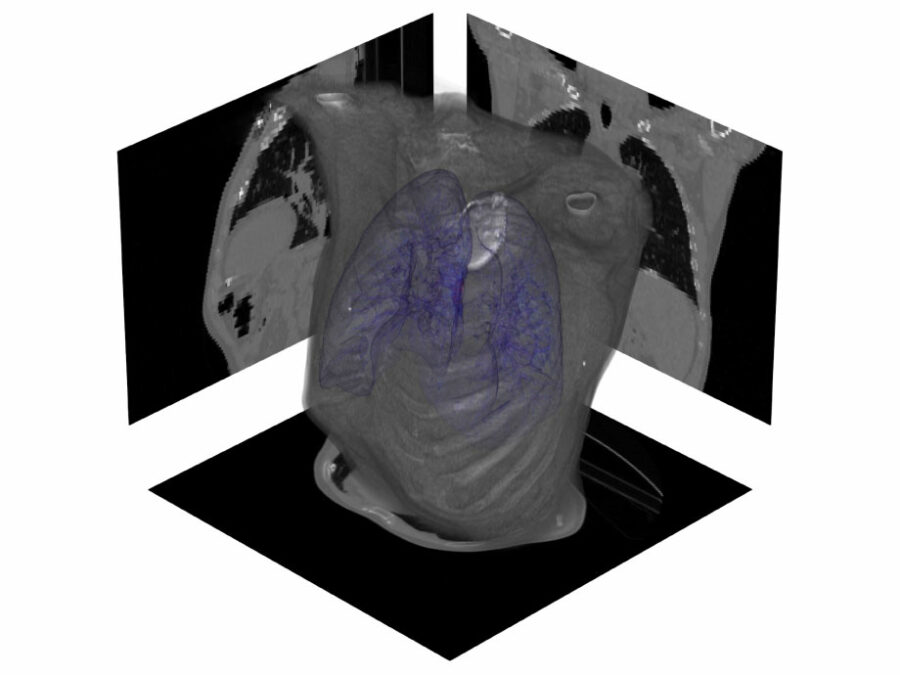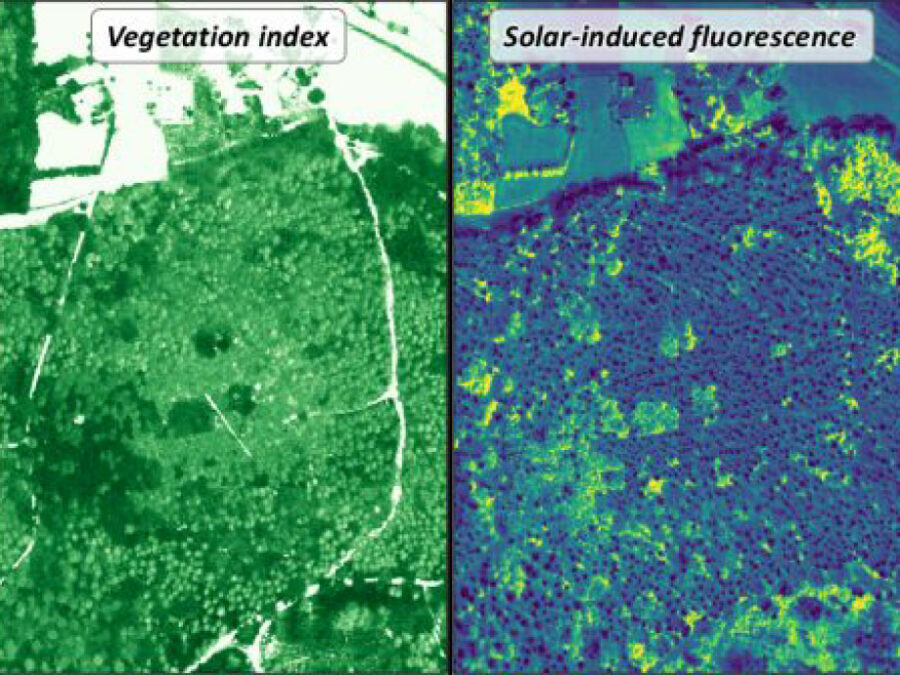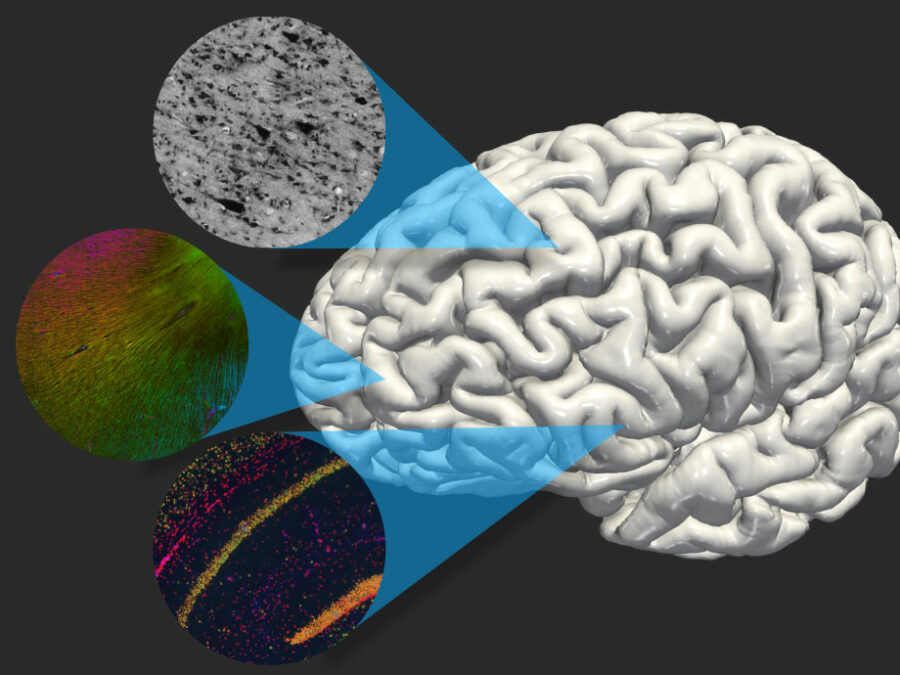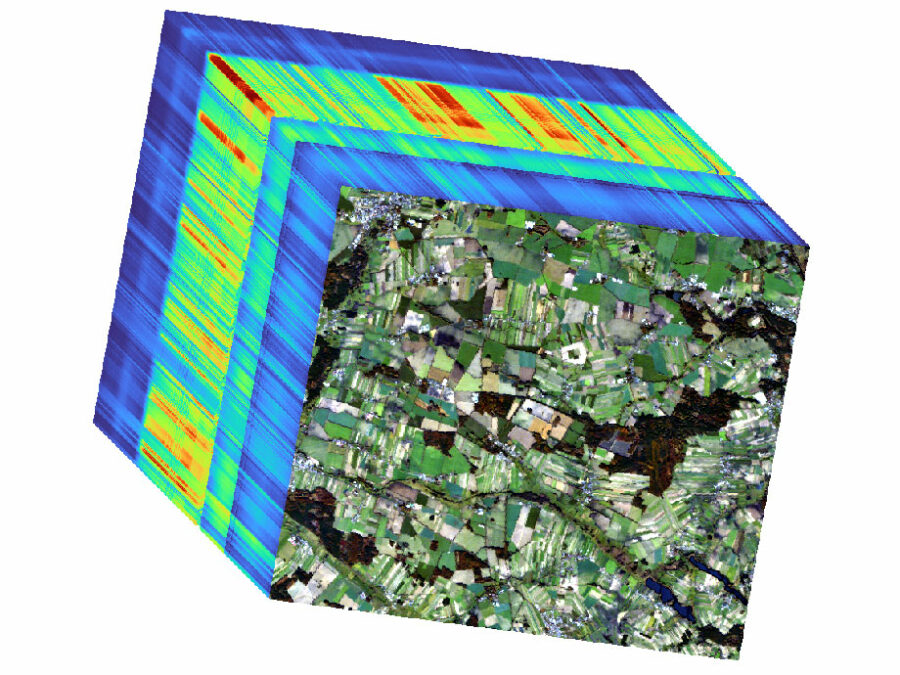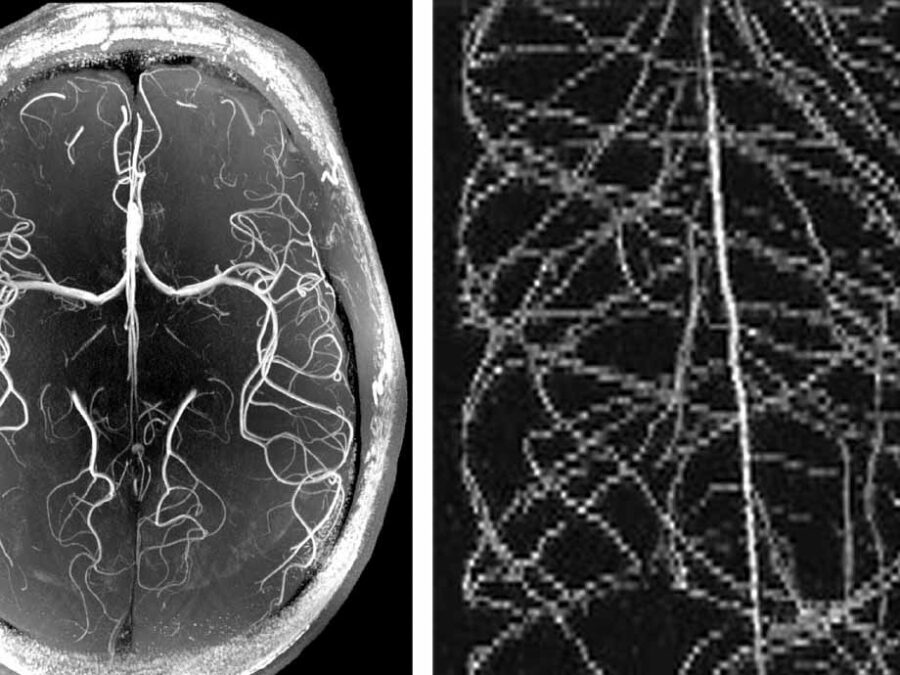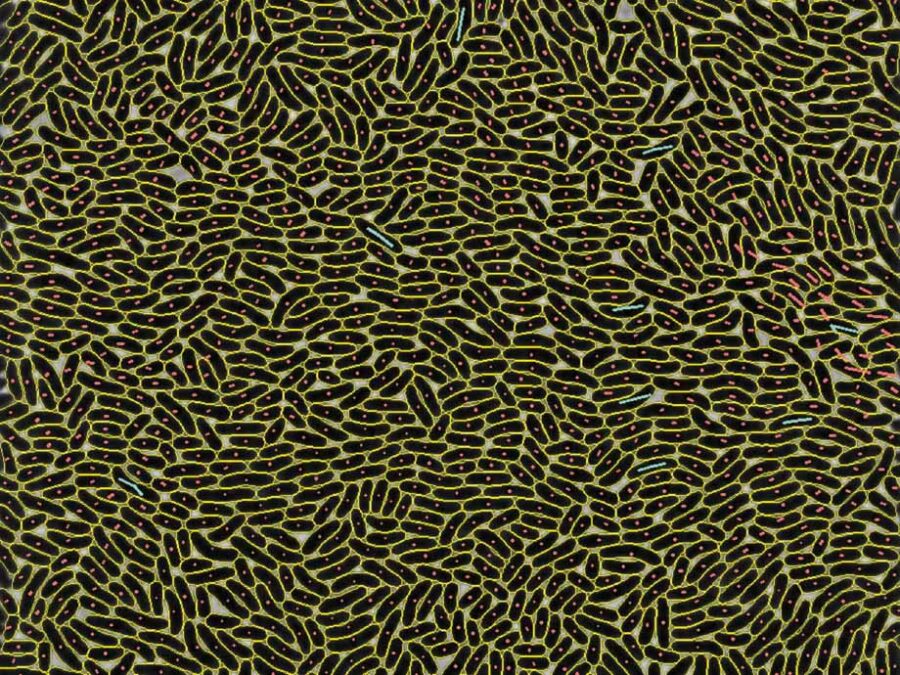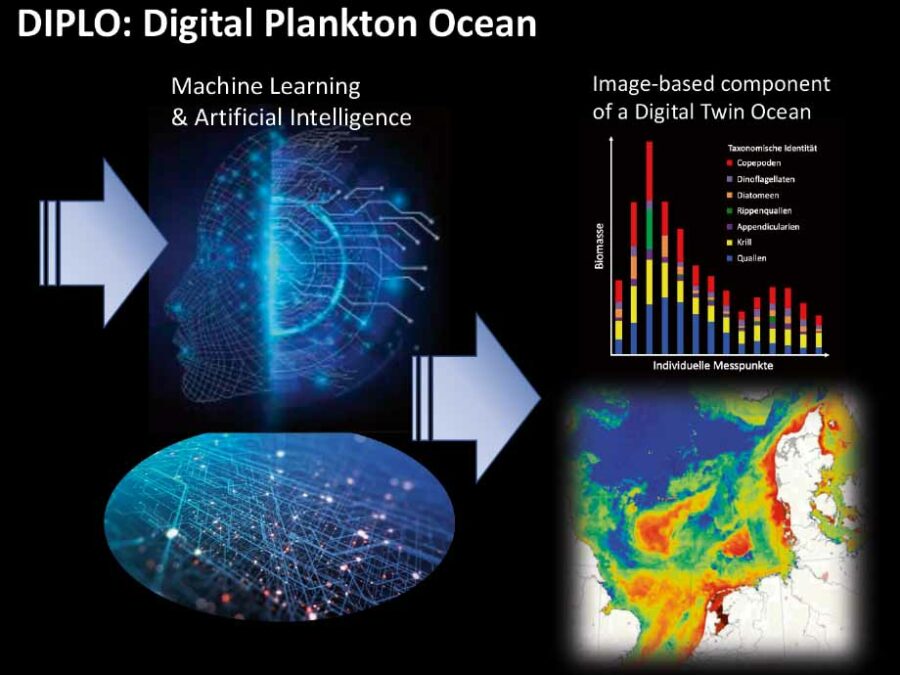Helmholtz Imaging Projects
Published on 27.05.2025
PlastoView
Water quality is essential for ecosystems and human health, yet it’s increasingly threatened by microplastics. This project develops image-based methods for detecting both plankton and microplastics using a new low-cost, mobile system.
Published on 19.05.2025
cryoFocal
This project explores how defocused images recorded with an electron microscope can be used to reconstruct the 3D structure of molecules inside cells. This method aims to enable faster and more cost-effective structural analysis of molecules to accelerate understanding of their functions and to design drugs against them.
Published on 07.10.2024
BrainShapes
The project explores the 3D structure of the human brain by creating a digital ‘map’ of the brain and examining its unique genetic properties, potentially linking genetic variations to brain disorders.
Published on 19.08.2024
CLARITY
Dose-escalated radiotherapy of lung cancers requires precise monitoring of lesions and nearby organs at risk. Current methods are able to track ultra-central lesions but neglect their deforming vicinity, risking unacceptable toxicity to aortico-pulmonary structures. AI-based anomaly detection and generative AI models can address both requirements in real-time.
Published on 14.08.2024
3DforestSIF
3DforestSIF seeks to correct airborne solar-induced fluorescence (SIF) data from forests for canopy structural and illumination effects, providing valuable insights for the early detection of forest stress.
Published on 09.08.2024
HYPER-AMPLIFAI
The project aims to make advanced AI models accessible for Hyperspectral Earth Observation, reducing computational demands, and improving environmental assessments through user-friendly interfaces.
Published on 28.08.2023
ImageTox
ImageTox wants to establish an automated image-based system to assess zebrafish larval development. This will allow for a fast and unbiased evaluation of pathophysiological events during toxicological studies. To achieve this, the imaging process has to be optimized and a reliable model for sequence recognition based on deep learning has to be developed.
Published on 28.08.2023
HighLine
MR images of roots and vessels are very similar: both display thin, line-like objects. The aim of the project is to increase image quality of both kind of MR data by exploiting their similarity. HighLine aims at obtaining high quality images in reduced scan time to lower patient burden and increase patient and plant throughput by adapting state-of-the-art 3D image enhancement methods, and developing new deep-learning based methods.
Published on 28.08.2023
EMSIG
Microfluidic live-cell imaging (MLCI) unlocks spatio-temporal insights into population heterogeneity emerging from a single cell. EMSIG brings smart live-event detection capabilities to MLCI to facilitate the adaptive optimization of biological event resolution and autonomously counteracting deteriorating image qualities.
Published on 28.08.2023
DIPLO
This project will develop a user-friendly software platform to analyze plankton images independent of the instrument with which images were collected. This will help to compare data and create a common database, which is a critical step towards an image-based ecosystem component of a “Digital Twin Ocean”.
